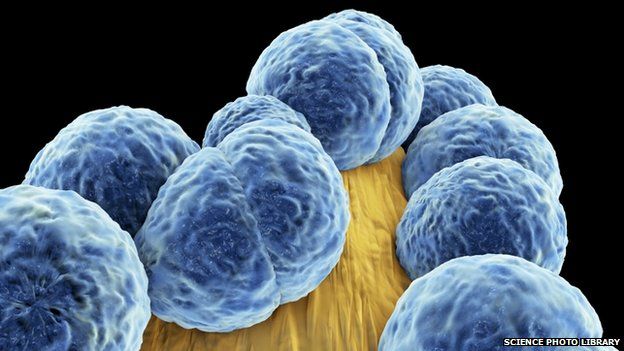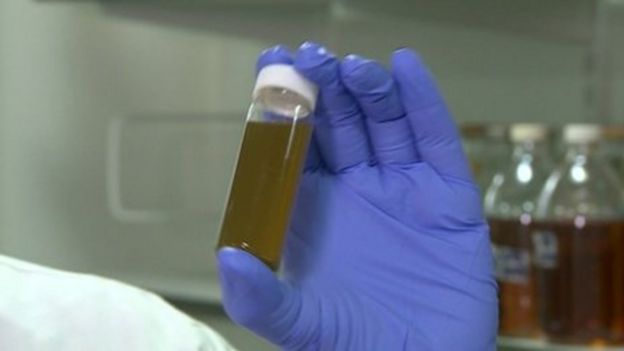 A 1,000-year-old treatment for eye infections could hold the key to killing antibiotic-resistant superbugs, experts have said. Scientists recreated a 9th Century Anglo-Saxon remedy using onion, garlic, wine and part of a cow’s stomach. They were “astonished” to find it almost completely wiped out Staphylococcus aureus, otherwise known as MRSA. The remedy was found in Bald’s Leechbook – an old English manuscript containing instructions on various treatments held in the British Library.
A 1,000-year-old treatment for eye infections could hold the key to killing antibiotic-resistant superbugs, experts have said. Scientists recreated a 9th Century Anglo-Saxon remedy using onion, garlic, wine and part of a cow’s stomach. They were “astonished” to find it almost completely wiped out Staphylococcus aureus, otherwise known as MRSA. The remedy was found in Bald’s Leechbook – an old English manuscript containing instructions on various treatments held in the British Library.
Dr Freya Harrison said the team thought the eye salve might show a “small amount of antibiotic activity”. “But we were absolutely blown away by just how effective the combination of ingredients was,” she said.
In case you’d like to make your own “Bald’s Eye Salve”:
You might have a little trouble sourcing cow stomach bile but substitute some rennet (used in cheese making) and see what happens!
- Equal amounts garlic and onion finely chopped and crushed to a smooth consistency.
- 25 ml English wine (from vineyard in Glastonbury)
- Dissolve bovine salts in distilled water
- Add ingredients together and keep chilled for 9 days at 4C
Experts from the university’s microbiology team recreated the remedy and then tested it on large cultures of MRSA.


Analysis
The leechbook is one of the earliest examples of what might loosely be called a medical textbook
It seems Anglo-Saxon physicians may actually have practised something pretty close to the modern scientific method, with its emphasis on observation and experimentation.
Bald’s Leechbook could hold some important lessons for our modern day battle with anti-microbial resistance.

In each case, they tested the individual ingredients against the bacteria, as well as the remedy and a control solution.
They found the remedy killed up to 90% of MRSA bacteria and believe it is the effect of the recipe rather than one single ingredient.
Dr. Freya Harrison said the team thought the eye salve might show a “small amount of antibiotic activity”.
“But we were absolutely blown away by just how effective the combination of ingredients was,” she said.
Dr. Lee said there are many similar medieval books with treatments for what appear to be bacterial infections.
She said this could suggest people were carrying out detailed scientific studies centuries before bacteria were discovered.
The team’s findings will be presented at the Annual Conference of the Society for General Microbiology, in Birmingham.

Bald’s eye salve

Equal amounts of garlic and another allium (onion or leek), finely chopped and crushed in a mortar for two minutes.
Add 25ml (0.87 fl oz) of English wine – taken from a historic vineyard near Glastonbury.
Dissolve bovine salts in distilled water, add and then keep chilled for nine days at 4C.
Leave a Reply
You must be logged in to post a comment.